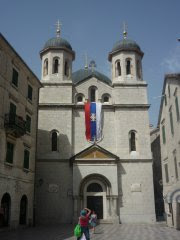The ancient town of Budva offers lovers of nightlife entertainment, and one of the highlights can be a disco in a nightclub Top Hill - The top of the mountain. Club name is no accident. He really is on Mount Toplish occupying huge area 9283 square meters. m is interesting that in the history of the club has participated Russian corporation Mirax Group. 7 years ago, there is now the club was a dump, on the spot where it was decided to build a water park. The venture failed and water park, instead, on the mountain Toplish Mirax Group has built an open-air disco, giving it the name Miracle Lounge. However, she was destined to a short life, the company has had difficulties, and the former landfill leased Podgorica company Top Hill, which took active promotion distkoteki. To date, a night club Top Hill is considered the best nightlife of Budva. His huge, glowing with colored lights, arranged in the form of an amphitheater, site is located high above the city, overlooking the sea. It is divided into two parts, one of which is occupied by tables, another for dances. On the club's website said modestly that Top Hill - one of the most beautiful clubs in the open sea in this part of Europe. This is not empty boasting. Top Hill not only amazingly beautiful. This is a club of European level, which offers a very interesting and diverse program. On its huge stage performances are the world's leading music stars and DJs, branded Top Hill publishes its own journal of musical themes. Entrance to the disco for the representatives of half of mankind is 5 euros for a fine - free of charge.

Просмотреть увеличенную карту






























